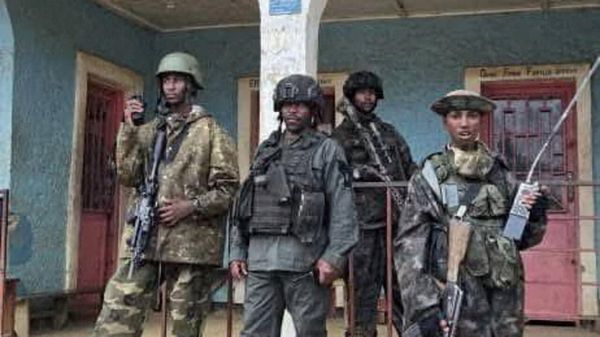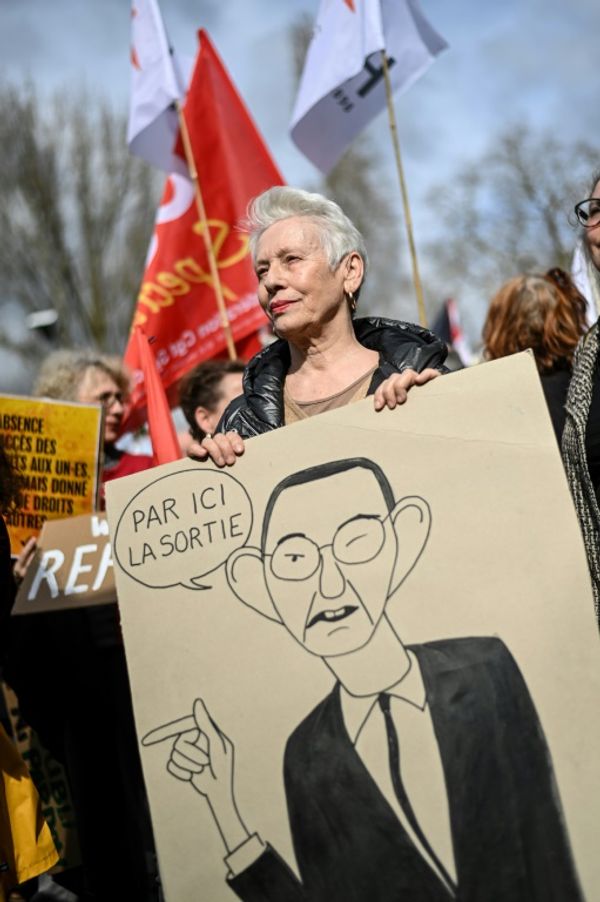One of the suggestions that the Mayor of San Fernando, Junia Regrello, made when I visited him in 2020 was the renovation of the statue of Mahatma Gandhi and its pedestal on the Harris promenade, named after Lord George Francis Robert Harris, one of the progressive Governors from 1846 to 1854. Those were the years of emancipation and the induction of Indian indentured labourers to Trinidad. His son George Robert Canning Harris, the fourth Lord Harris, was a leading English cricketer from 1870 to 1911.
The promenade is house also to the memorial pillar of Eric Williams, the first Prime Minister of Trinidad and Tobago; busts of Simon Bolivar and Rodney Wilkes, legendary Trinidadian weightlifter; and a statue of Marcus Mosiah Garvey, a pan-African nationalist hero.
Later, I learned from the Gandhi Seva Sangh, the local organisation which has taken up the responsibility of the upkeep of the statue, that in February 1950, the Gandhi Statue Committee was formed in San Fernando to erect the figure. The committee had requested Professor Satya Narayan Shastri, the then Commissioner of India to the British West Indies and British Guyana based in Port of Spain, to approach the Government of India to source one.
According to The Indian Daily Mail report of July 30, 1951, sculptor Nagesh Yawalkara was commissioned to do a life-size bronze of Mahatma Gandhi. The entire cost of the statue and the transport charges had been contributed by the Indian community living in Trinidad and Tobago. The then Bombay Mayor, S.K. Patil, had approved the mould of the statue at Yawalkar’s studio on July 26, 1951. This was the first statue of the Mahatma in the Caribbean.
In prominence at Kew Place on Phillip Street at the Mahatma Gandhi square in Port of Spain is a second bronze of Mahatma Gandhi, which was installed in October 1988. This statue, sculpted by Balkishan Guru, was gifted by a noted jurist of Indian origin, Ramdeo Sampat Mehta. The sculptor’s father was born in Trinidad. Every year, on the occasion of Gandhi Jayanti, the Mayor of Port of Spain joins the High Commissioner of India in garlanding this statue.
Gandhi village
A third interesting abode of Gandhiji is in Gandhi village near the southern town of Debe. The village carries a unique indenture history. It was called “Cooliewood” in colonial Trinidad since most residents were indentured labourers from India. Most families were Hindus, and a few were Muslims. However, in 1958, Eric Williams, during a visit, renamed the village Gandhi village. Williams subsequently became the first Prime Minister of independent Trinidad and Tobago. In 2003, the villagers installed a bust of Gandhiji, donated by the Government of India.
Gandhiji is also present in the National Council for Indian Culture (NCIC) in the Diwali Nagar complex and the office compound of the Mayor of Chaguanas. Established in 1986, the NCIC is the principal organisation for developing and promoting Indian culture in Trinidad and Tobago. Chaguanas is the largest and fastest-growing municipality in the country. In addition, two streets that bear Gandhiji’s name are the Gandhi Streets of Victoria county in San Fernando and Tunapuna in Caroni county.
The Indian culture centre in Trinidad and Tobago is named after Gandhiji. On October 2, 2020, on the culmination of his 150th birth centenary celebration, the Government of India unveiled a bust of Gandhiji at the newly constructed Mahatma Gandhi Institute of Cultural Cooperation in Mount Hope. The foundation stone of the complex, built on five acres of land, was laid by then Prime Minister of India Atal Bihari Vajpayee and then Prime Minister of Trinidad and Tobago Basudeo Pandey in 1999. Earlier, the Indian culture centre was operating out of a rented premise.
Trinbagonians love Gandhiji. They have a deep appreciation of India’s freedom struggle and democratic values and the Gandhian ideals of truth, non-violence and peace. Gandhiji’s non-violent method of work and his opposition to indentureship are highly respected. In December 1915, at the 30th Indian National Congress session held in Bombay, he decried the system and urged for its abolition. Eventually, the practice ended in 1917. Though Gandhiji never visited Trinidad personally, he had sent his emissary C. F. Andrews in 1930, to study the Caribbean situation and listen to the indentured labourers’ plight.
(The author is the Indian
High Commissioner
to Trinidad and Tobago)
arun.sahu68@gmail.com







